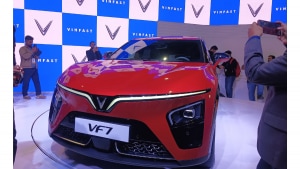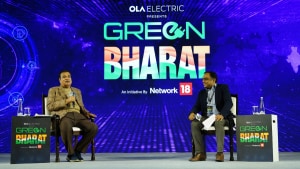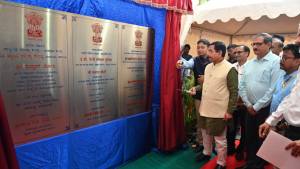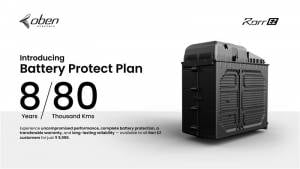Different types of EV chargers available in India
The EV wave is the way into the future, digest it or not, that's the hard truth. We all have taken our time to coexist with the increasing number of EVs on the road, the mute silence as one passes by, and the general wondering of how many kilometres it will really travel on a full charge. One big question mark that does continue to bother us is how convenient is it to charge an EV and how long does it take in the real world. Let's get into it and look at the different types of charging facilities that are available to charge your EVs.
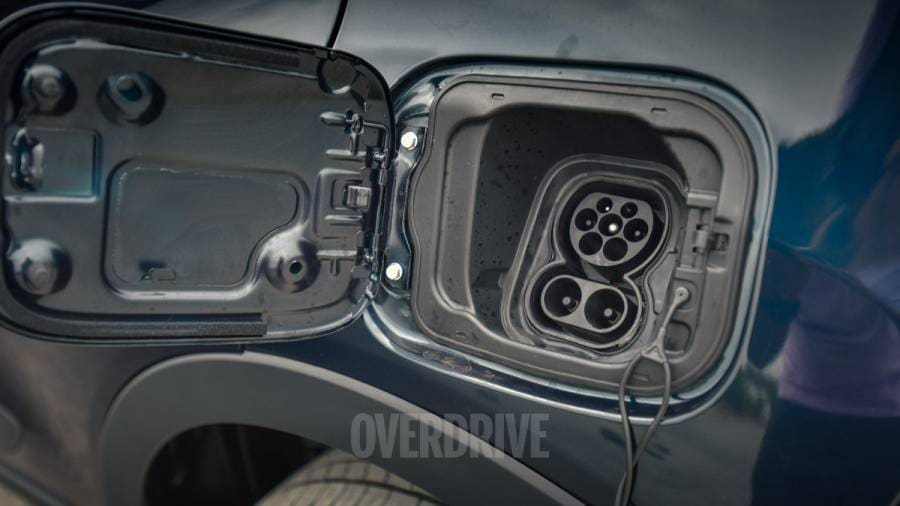
Two common terms that we here are AC and DC chargers. Electrical currents in AC and DC are very different from one another. Both have diverse applications and move in opposing directions and velocities. Despite having an album called "High Voltage," the hard rock group AC/DC has nothing to do with electrical currents or EV charging.
AC units typically charge slowly. An electric car may be charged at home using a conventional three-pin outlet and an EVSE cable or a wall-mounted home charging station. Electric vehicle owners choose a home charging station to benefit from quicker charging and built-in safety features.
Direct DC power is delivered to the EV battery pack through the DC-EV Connectors. An Ultra-Rapid charging system can charge at 100kW to 150kW whereas a Rapid-DC charging system can charge at 50kW. In order to protect the battery, rapid chargers don't always operate at maximum power. At the charging station itself, DC chargers change AC power into DC electricity.
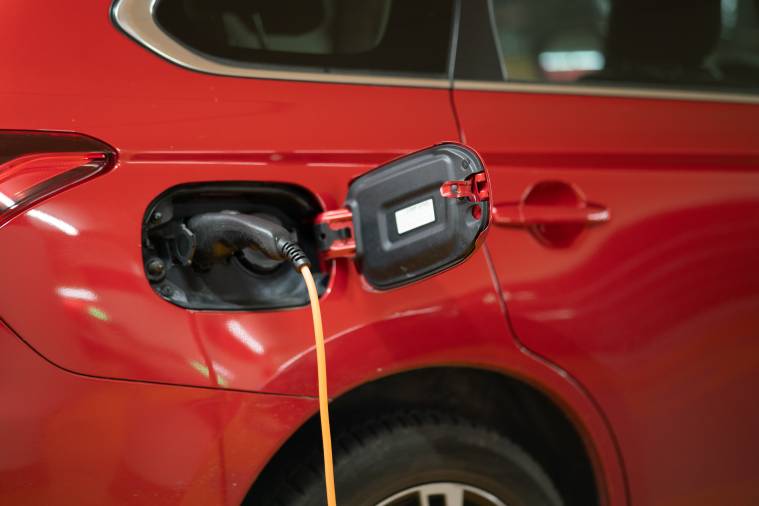
Currently, 80 percent of all EV charging takes place at home. the majority of the time while users sleep, allowing them to awaken the following morning to a fully charged battery that nearly usually gives more than enough EV range for the majority of people's everyday travel needs.
Two different kinds of home charging are available: Using trickle charging with home current or AC household charging with a wallbox that has been fitted. Trickle charging uses the stock (three-prong) 220V plug that comes with your EV to deliver the charge. The other end is just hooked into your EV straight and this does not need extra charging hardware to be installed.
